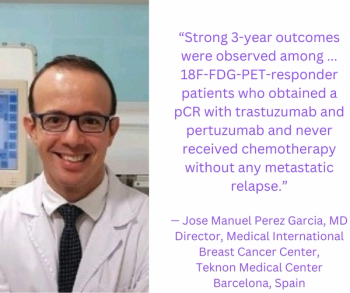
Utilizing PET imaging to assess pathologic complete response to the combination of trastuzumab and pertuzumab for patients with HER2-positive breast cancer, researchers noted a 94.8 percent rate of invasive disease-free survival at three years.

Utilizing PET imaging to assess pathologic complete response to the combination of trastuzumab and pertuzumab for patients with HER2-positive breast cancer, researchers noted a 94.8 percent rate of invasive disease-free survival at three years.

The multimodality system nCommand Lite reportedly facilitates real-time remote imaging guidance on scanning parameters and procedure assessments to licensed technologists for a variety of imaging modalities including CT and MRI.

Catch up on the top radiology content of the past week.
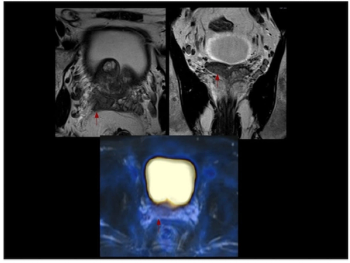
Ga-PSMA PET MRI offers nearly 22 percent higher sensitivity for localized prostate cancer and comparable specificity to multiparametric MRI, according to a recently published prospective study.

Catch up on the top radiology content of the past week.
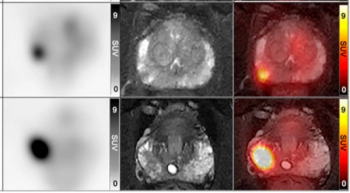
For men with PI-RADS 3 lesions, PRIMARY scores of 4-5 with PET/MRI had a sensitivity rate of 87.5 percent for clinically significant prostate cancer, according to newly published research.
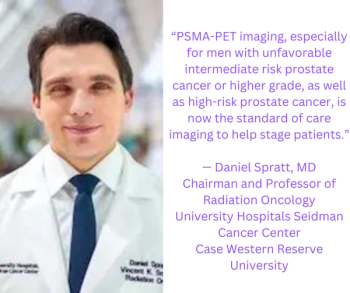
Amid new research insights and advances in the management of patients with prostate cancer, Daniel Spratt, M.D., shared his observations in an interview on the emerging role and impact of PSMA-PET imaging.

Catch up on the top radiology content of the past week.

Sixty-five percent of patients with newly diagnosed high-risk prostate cancer may have extraprostatic extension on MRI, and PSMA PET/CT findings suggest those with Gleason scores of eight or higher have more than double the risk of metastasis, according to a new study presented at the European Congress of Radiology (ECR).
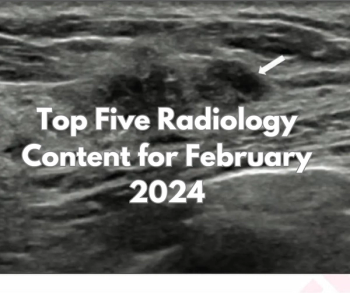
Catch up on the most-well viewed radiology content in February 2024.

Catch up on the top radiology content of the past week.

In a recent interview, Vivianne Freitas, M.D., discussed new research findings on positron emission mammography (PEM), pertinent benefits of the technology and its potential as a viable alternative in the future to conventional imaging techniques for breast cancer screening.

Catch up on the top radiology content of the past week.

Findings from a new pilot study showed that low-dose positron emission mammography (PEM) detected 96 percent of malignant index lesions and had a 46 percent lower false-positive rate in comparison to breast MRI.
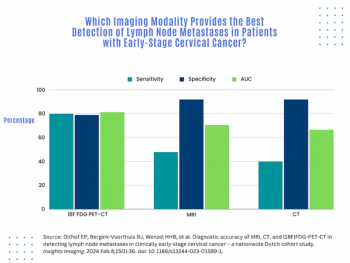
For the detection of nodal metastases in patients with early-stage cervical cancer, 18F FDG PET-CT offered a sensitivity rate that was double that of CT and 32 percent higher than MRI, according to newly published research.
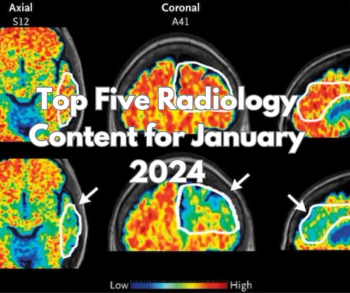
Catch up on the most-well viewed radiology content in January 2024.

Catch up on the top radiology content of the past week.

Patients with localized high-risk prostate cancer and midline radiotracer activity in the prostate had over double the incidence of urethral hyperintensity on T2W MRI, according to research presented at the American Society of Clinical Oncology (ASCO) Genitourinary Cancers Symposium (ASCO-GU).
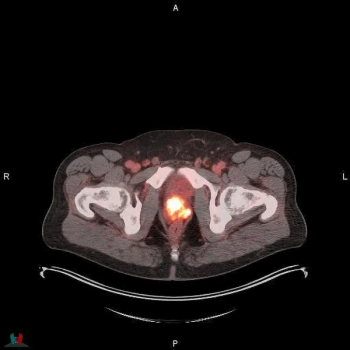
For patients with recurrent prostate cancer, PET scanning with 18F-flotufolastat led to major changes in treatment for 80 percent of patients and 75 percent of patients with a changed treatment focus to watchful waiting had negative scans, according to new research presented at the American Society of Clinical Oncology (ASCO) Genitourinary Cancers Symposium (ASCO-GU).
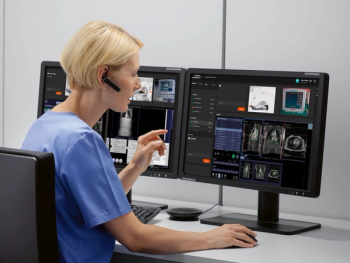
The syngo Virtual Cockpit platform reportedly enables remote access and image acquisition for CT, MRI and positron emission tomography (PET), and facilitates clinician collaboration across multiple sites.

Catch up on the top radiology content of the past week.
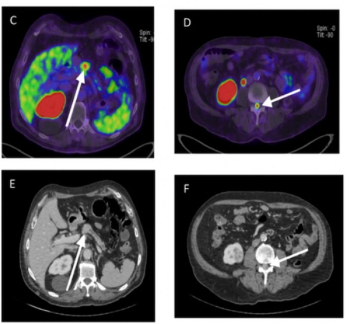
In addition to detecting more than double the number of distant lymph nodes and distant lesions in comparison to conventional imaging with computed tomography (CT), PSMA PET/CT reportedly changed management for 32 percent of patients.
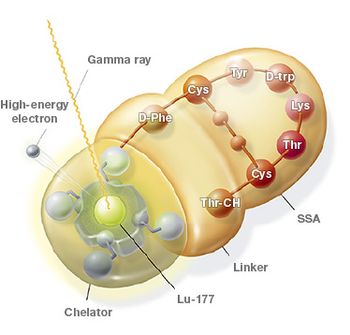
The FDA has accepted Lantheus' abbreviated new drug application for a generic Lutathera, just months after Novartis announced positive phase 3 data supporting a first-line indication for the radiopharmaceutical in neuroendocrine tumors.
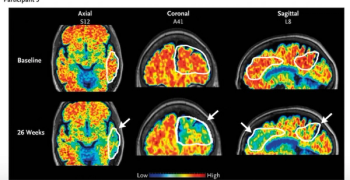
In a recent proof-of-concept trial assessing the combination of aducanumab infusion with MRI-guided focused ultrasound to open the blood-brain barrier, researchers found significant reductions in amyloid-beta load at 26 weeks in patients with Alzheimer’s disease.

Catch up on the top radiology content of the past week.